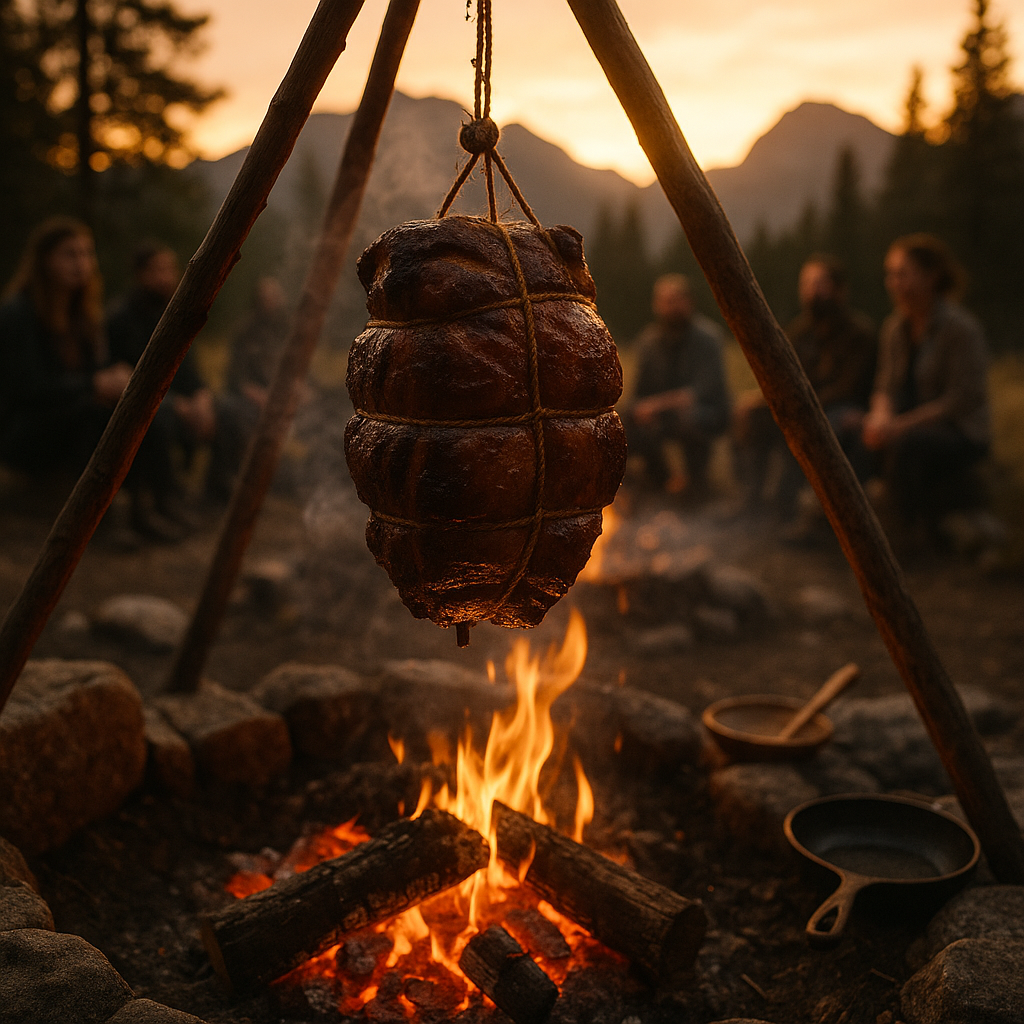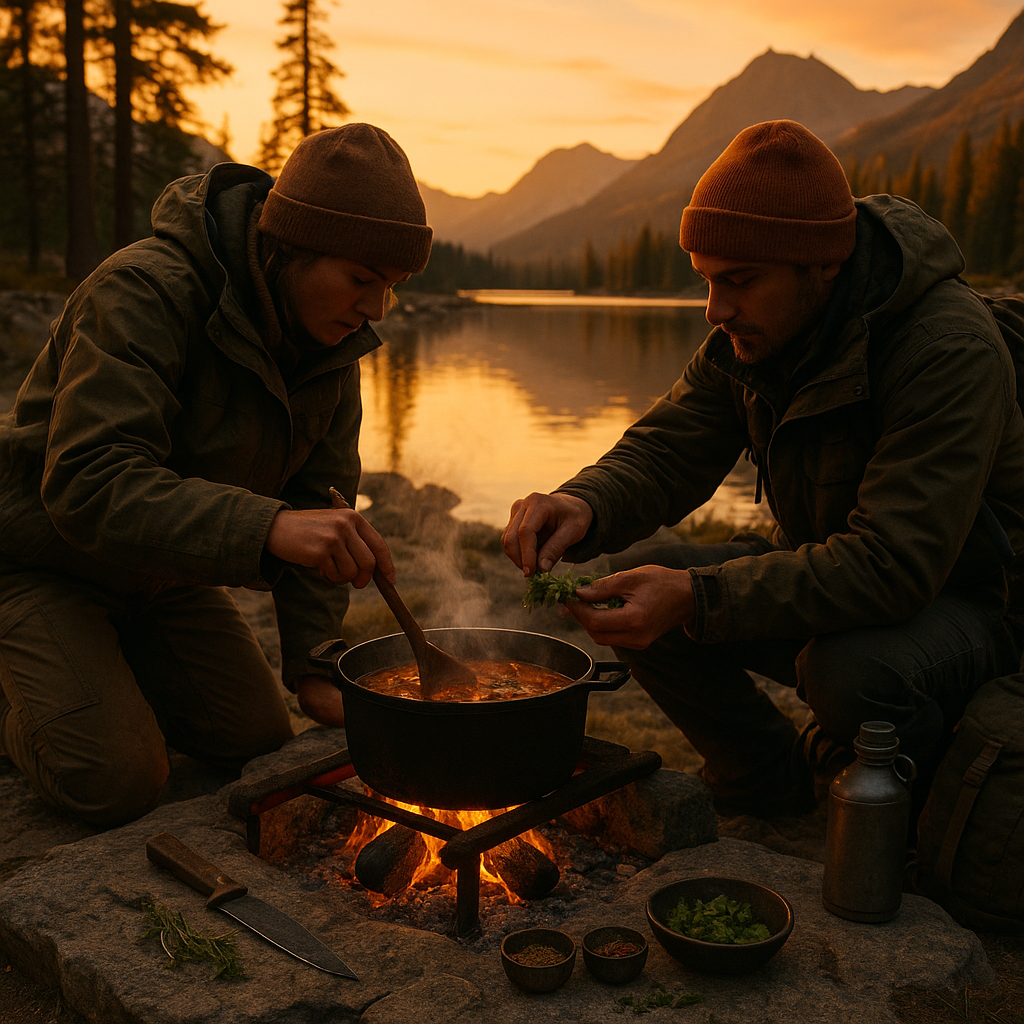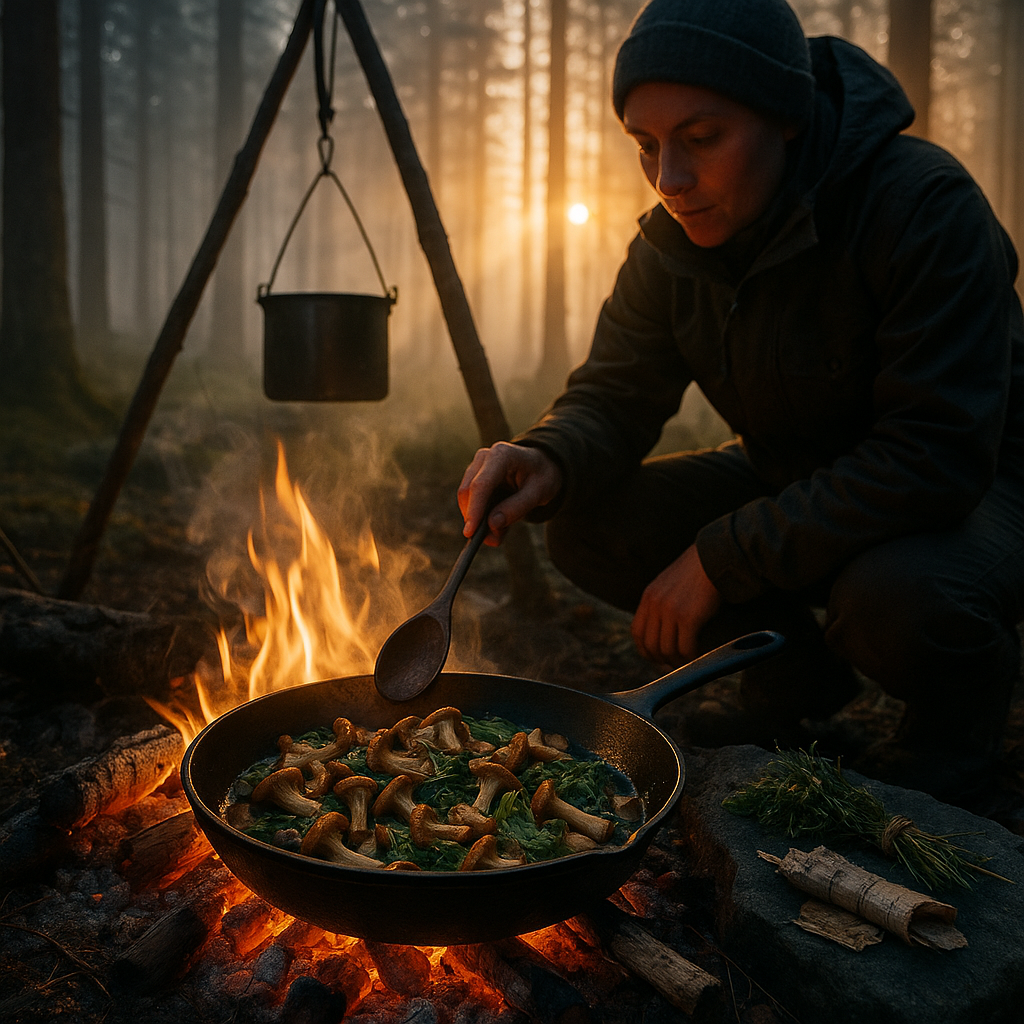Key Takeaways
- Smoked meat and craft beer unite robust, complementary flavors that elevate outdoor feasts and intimate gatherings alike, infusing each meal with a sense of adventure.
- Craft beer transforms brining. Incorporating beer into brine infuses meat with subtle hoppy, malty, or fruity notes, producing layered flavors even before the smoker is lit.
- Great pairings start with identifying flavor profiles. Rich, bold smoked meats like brisket thrive alongside malty stouts or porters, while lighter pork or chicken is enlivened by citrusy IPAs or refreshing wheat beers.
- Rauchbier stands as the iconic “smoke beer” pairing. This traditional German smoked beer offers continuity of smoky depth, creating harmony between what’s on your plate and in your glass.
- The beer style chosen influences the depth and development of smoke flavors. Dark stouts intensify caramelized smoke notes, while pale ales deliver vibrant, zesty contrast to traditionally smoked meats.
- Innovative brines amplify craft beer’s qualities. Brining meat with specialty ingredients such as spices, herbs, or citrus peels enhances the natural character of the beer, laying a unique foundation for flavor before cooking begins.
- Carefully balance bitterness and smoke. Strongly smoked meats may overshadow assertively hoppy beers; lighter lagers or gently bitter brews provide balance without competition.
- Beer and smoke are part of a shared tradition. Through history, beer and smoked meats have grown together across diverse cultures, with smoke-driven beers like rauchbier blending the line between beverage and meal.
Exploring smoked meat and craft beer means moving beyond conventional pairings into a world of creative techniques and layered storytelling. Through the following sections, you’ll discover hands-on pairing strategies, fascinating history, and step-by-step guides to crafting fire-cooked, beer-infused moments that linger long after the embers fade.
Introduction
Picture the mountain air cool on your skin, the golden light catching wisps of hickory smoke as it rises among ancient pines. Here, the earthy boldness of smoked meat mingles with the nuanced complexity of a carefully chosen craft beer, and something extraordinary happens. It’s a flavor symphony, where every smoky bite and refreshing sip reveals a new dimension, flavors that comfort, challenge, and ultimately, connect.
This journey is far more than matching a brisket to a stout or classic wings to a wheat ale. It’s an invitation to experiment: to use beer in creative brining, discover the seamless pairing of rauchbier, harness spices and citrus for signature brines, and let tradition dance with innovation. Each method becomes part of your story, written in the language of smoke, malt, and memory.
Let’s delve into what happens when fire, grain, and hops come together, and discover how you can craft the ultimate smoke-and-beer experience, wherever your travels take you.
Stay Sharp. Stay Ahead.
Join our Telegram Channel for exclusive content, real insights,
engage with us and other members and get access to
insider updates, early news and top insights.
 Join the Channel
Join the Channel
The Science of Beer and Smoke
Pairing craft beer with smoked meat invites a deeper exploration than simply balancing flavors. There’s genuine chemistry at work, as compounds from both beer and wood smoke interact on your palate and in the cooking process.
Imagine yourself gathered around a glowing campfire as dusk settles across the valley. The sweet, earthy perfume of applewood drifts skyward, while the rich complexity of a local brown ale fills your glass. These aren’t just aromas and tastes; they are molecular conversations unfolding with every smoky mouthful.
Key Flavor Compounds Working in Tandem:
- Phenolic compounds (from smoke and certain beer styles) enrich depth and bridge flavors between food and drink.
- Malt proteins interact with the meat’s surface, influencing the texture and amplifying the Maillard browning during smoking.
- Hop acids introduce bitterness that cuts through fatty richness, providing clarity between bites.
- Carbonation acts as a palate cleanser, refreshing your senses for each new experience.
When temperature drops and the fire intensifies, the mingling forces of smoke and beer reach their peak, producing that magical union only possible beside a well-tended flame. The dance between scientific reaction and sensory delight becomes the heart of wilderness cooking and communal celebration.
Craft Beer Brining Techniques
The Basic Brine Formula
Transforming an everyday brine into an unforgettable adventure starts with a balance of salt, sugar, aromatics, and, crucially, craft beer. Begin with these proportions for every gallon of liquid:
- 1 cup kosher salt
- 1/2 cup brown sugar
- 2 bottles craft beer (chosen for their particular characteristics, think chocolatey porters, citrusy IPAs, or crisp pilsners)
- Aromatics like bruised garlic, fresh herbs, or peppercorns
The beer you select largely determines the story told at your table. A robust porter brings smoky, coffee notes, while a wheat beer introduces soft, floral undertones. Let the brining process unfold slowly in a cool, shaded spot, on a riverbank at sunrise, or tucked beside a mountain stream at dusk, allowing meat to soak up the terroir of both landscape and brew.
Advanced Beer Brining Methods
Once you’ve mastered the basics, let these advanced approaches elevate your next feast:
- Double Beer Method
- Start with a lighter, crisp beer for the initial brine (for deeper penetration and tenderness).
- Follow with a dark, full-bodied beer during a secondary soak to add richness and complexity.
- Rest the meat in a cool place for 24 hours between stages, turning often to ensure even exposure.
- Concentrated Beer Reduction
- Slowly simmer craft beer with aromatics, reducing it until the flavors intensify dramatically.
- Add this reduction to your brine, infusing every fiber of the meat with concentrated character, an approach cherished in both urban smokehouses and remote alpine lodges.
These methods work equally well for a rack of wild-caught salmon in the Rockies or a whole chicken roasting by the fire on a breezy prairie evening.
Pairing Principles and Practices
Perfecting the union of smoked meats and craft beer begins with an understanding of how flavor intensity and style interact. Imagine building a bridge, the richness of the smoke on one end and the body of the beer on the other.
Classic Pairing Guidelines:
- Light smoke + Wheat Beer: Best with delicate poultry or fish
- Medium smoke + Amber Ale: Suits pork shoulder or ribs
- Heavy smoke + Imperial Stout: Complements robust cuts like brisket or venison
Regional Pairing Traditions
Culture and place deeply shape pairing traditions. From New England clam bakes where lightly smoked fish meet tart, farmhouse saisons, to the high desert of the Southwest where mesquite-charred elk pairs with dark, molasses-heavy porters, these combinations are as varied as the landscapes themselves.
In the Pacific Northwest, applewood-smoked salmon finds its soulmate in resinous, locally brewed IPAs; in the heart of Texas, classic post-oak brisket reaches new heights beside malty, caramel-rich German lagers. In mountain towns throughout the Rockies, charred trout is elevated by crisp, effervescent pilsners.
Across continents and climates, unique local pairings invite you to explore not just ingredients, but the heritage of smoke and beer as living traditions.
Advanced Smoking Techniques with Beer
Pushing the boundaries of smoked meat and beer means embracing innovative techniques that amplify and layer flavors. Two time-tested methods are beer spraying and beer-soaked wood chips.
Beer Spray and Misting
Beer spray keeps meat moist and imparts subtle, evolving flavors as it smokes. Try these two approaches for maximum flavor:
- Direct Spray Method
- Fill a spray bottle with flat, room-temperature beer.
- Lightly mist exposed meat every 30-45 minutes during cooking (targeting any spots that appear to dry out).
- Over time, the repeated application creates a beautiful crust and infuses complex, aromatic notes.
- Aromatic Steam Infusion
- Pour craft beer into the water pan of your smoker.
- This creates flavor-rich steam that bathes the meat, working especially well in dense forests or on misty mornings where humidity amplifies the effect.
Beer Soaked Wood Chips
Soaking wood chips in beer before burning not only adds aroma, but also subtle flavor notes that vary depending on your beer of choice:
Stay Sharp. Stay Ahead.
Join our Telegram Channel for exclusive content, real insights,
engage with us and other members and get access to
insider updates, early news and top insights.
 Join the Channel
Join the Channel
- Stout-soaked oak chips create rich, roasted undertones, ideal for beef short ribs or lamb.
- IPA-soaked applewood imparts a lively citrus fresh





Leave a Reply